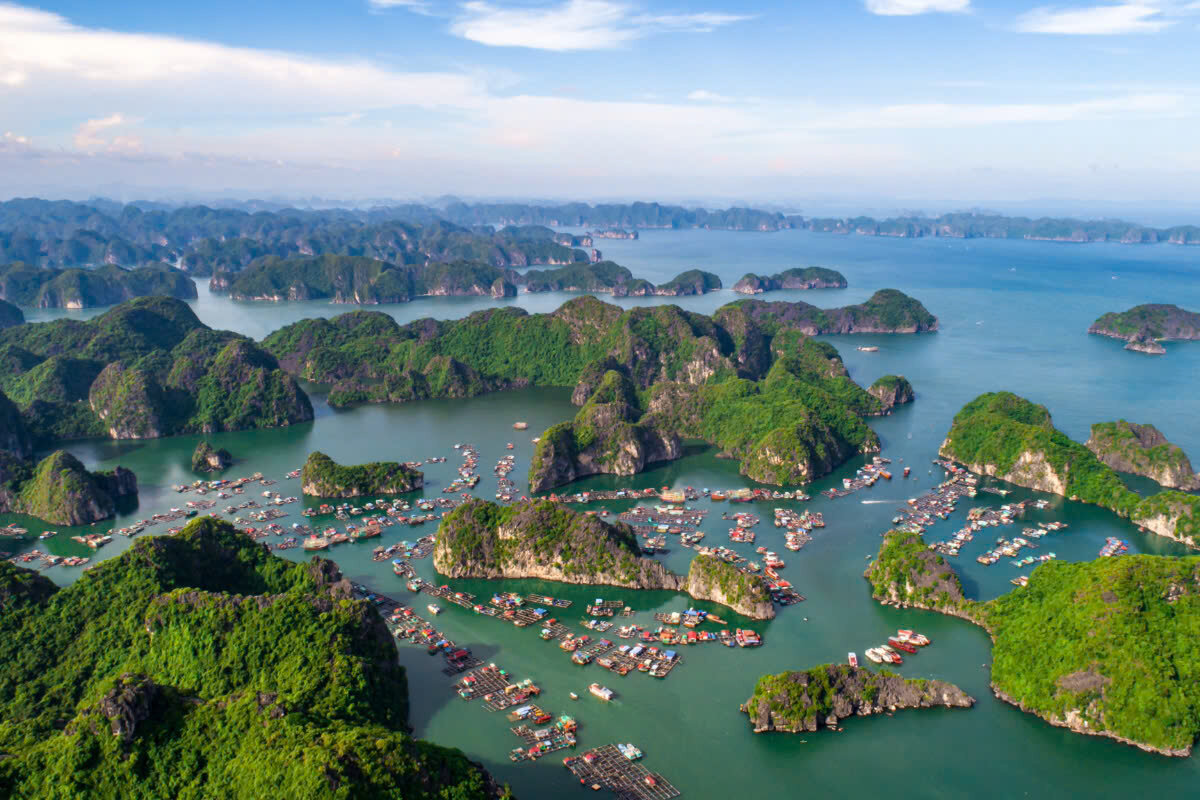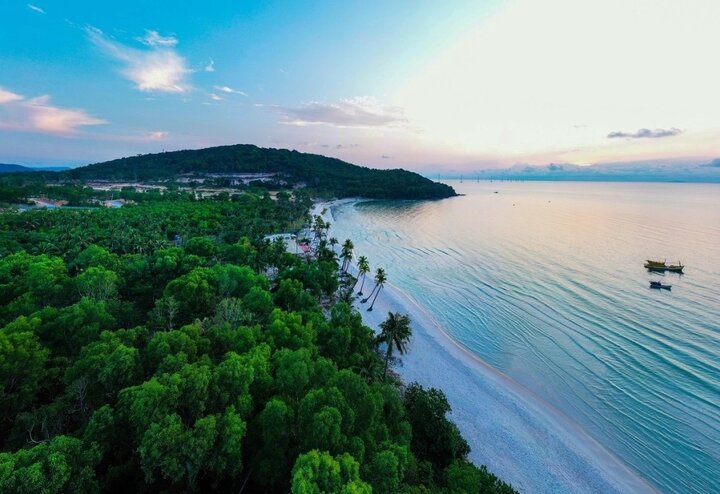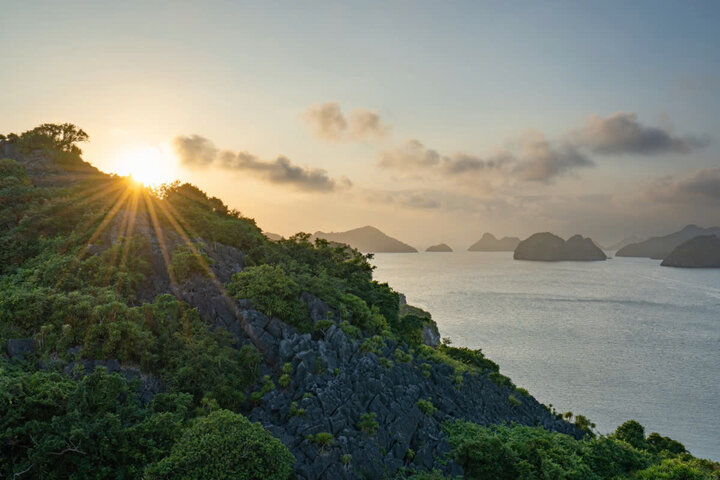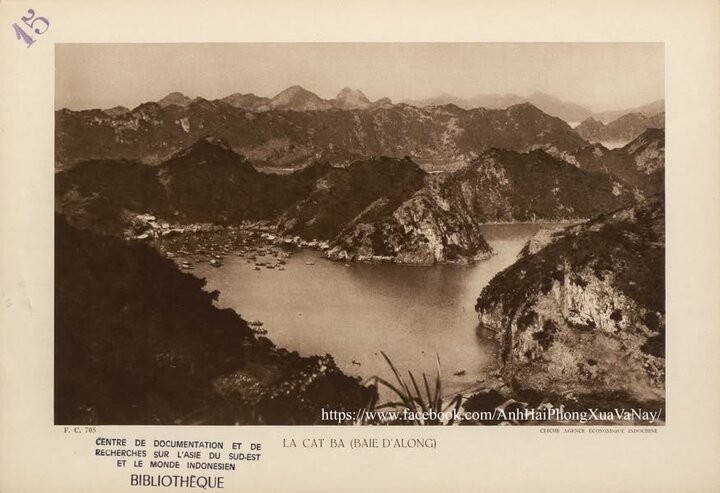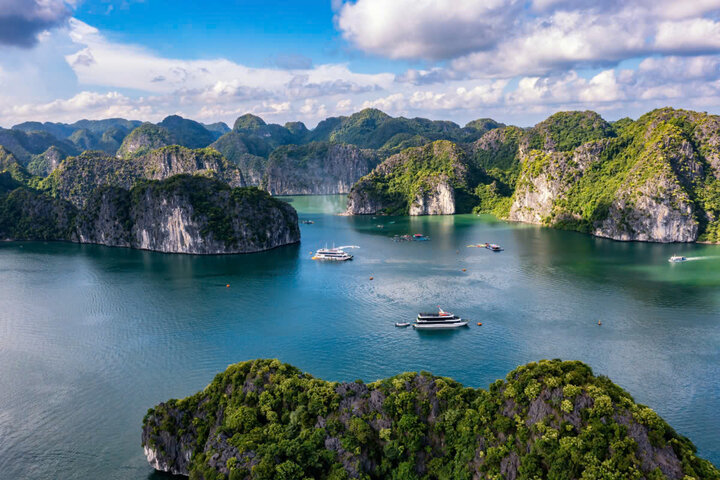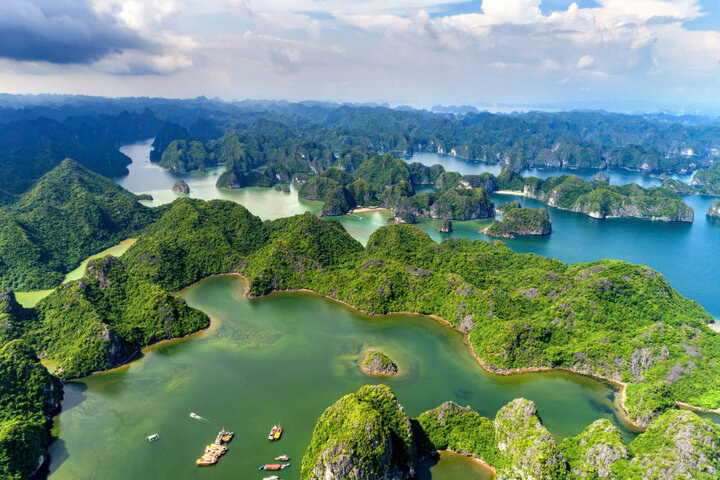 Toàn cảnh thiên nhiên Cát Bà
Toàn cảnh thiên nhiên Cát Bà
Archaeological studies have shown that humans have been living in Cat Ba for approximately 6,000 years. In 1938, French archaeologists discovered the Cai Beo site, a culture belonging to the Ha Long civilization that dates back 4,000 to 6,500 years. Artefacts such as stone axes, spearheads, animal bones, and shells found there prove that the Cai Beo inhabitants were among the first to settle in the northeastern coastal region of Vietnam, possessing advanced skills in fishing, hunting, and tool making. This suggests that Cát Bà could be one of the earliest human settlements in the area.

